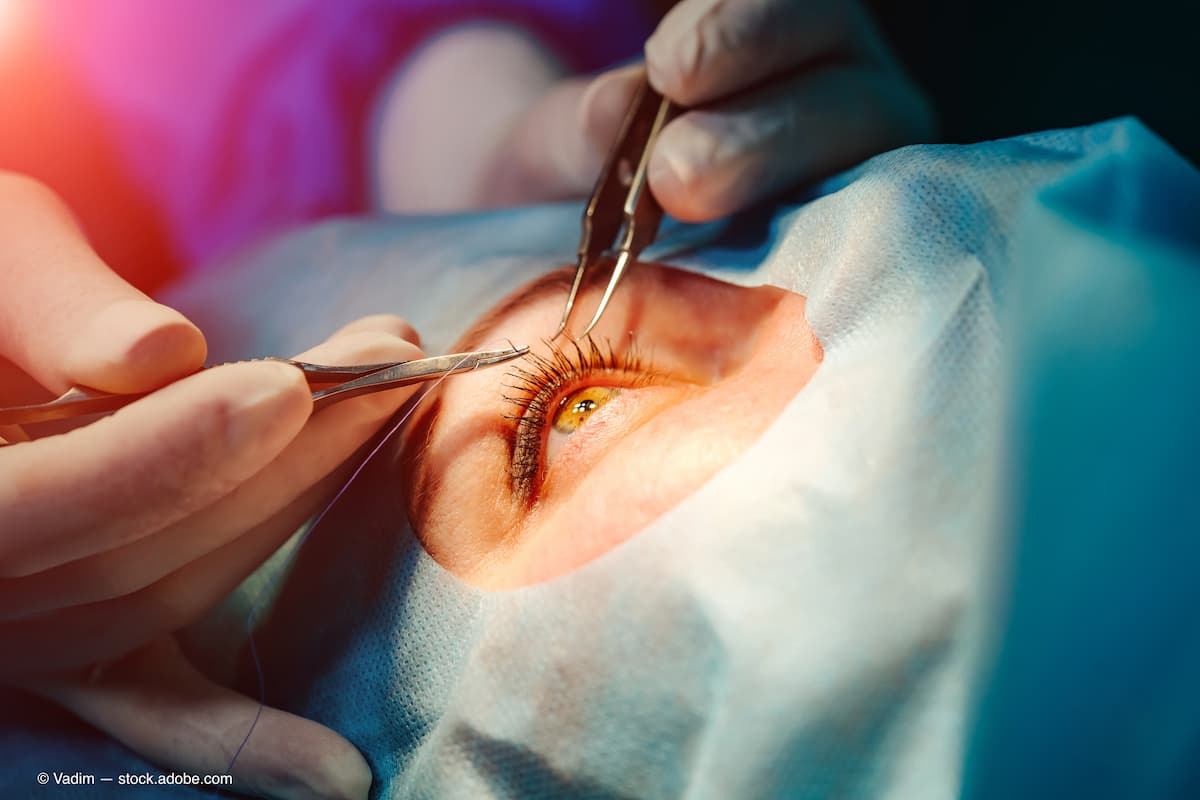Preoperative visual decrease possible after phacoemulsification surgery
Though rare, visual decreases can occur within 1 day postoperatively after phacoemulsification surgery.

Visual decreases are rare after phacoemulsification, but they can occur within 1 day postoperatively,1 according to professors Harry Rosen and Stephen Vernon from, respectively, the Charing Cross Hospital, Imperial College Healthcare National Health Service Trust, London, and the Ophthalmic Service, The Park Hospital, Nottingham, UK.
The safety and efficacy of phacoemulsification have increased to the point that it is no longer standard practice to examine patients the day after surgery, they pointed out. However, because of the rarity of visual decreases, the investigators stated, “Clinicians are therefore likely to be unfamiliar with the potential causes of reduced vision when presented with a patient in the immediate postoperative period.”
In light of this, Rosen and Vernon conducted a literature review to pinpoint the cause of visual decreases early postoperatively. They found various optical, anterior segment, lens-related and posterior segment causes, such as a shallow anterior chamber, lens dislocation, refractive surprise of 1 diopter or more, corneal abrasion, corneal edema, corneal endothelial decompensation, toxic anterior segment syndrome, hyphema, endophthalmitis, opacification, vitreous hemorrhage, and macular holes, among other.
However, paracentral acute middle maculopathy (PAMM), according to the authors, is unique in that it lacks positive findings during clinical examinations, and should be considered as a diagnosis of exclusion.
The investigators described that postoperatively, PAMM is characterized by a dense central scotoma presenting on the first postoperative day, often with no clinical signs on the examination.
“The diagnosis is defined by a hyperreflective band on optical coherence tomography confined to the retinal inner nuclear layer (INL), with subsequent thinning and loss of the negative signal layer of the INL,” they said.
PAMM is believed to result from transient ischemia of the deep and intermediate retinal capillary plexus, causing irreversible INL necrosis.
“Clinicians are becoming increasingly unfamiliar with the causes of visual loss 1 day following cataract surgery," Rosen and Vernon concluded. "We reviewed the differential causes and their presentations as an aid to clinicians reviewing such patients in emergency care. PAMM is a unique condition in its paucity of positive clinical examination findings, and should be considered as a diagnosis of exclusion, with the appropriate radiological evidence.”
Reference
1. Rosen H, Vernon S. Unexpected poor vision within 24 h of uneventful phacoemulsification surgery—a review. J Clin Med. 2023;12: 48; https://doi.org/10.3390/jcm12010048
Newsletter
Want more insights like this? Subscribe to Optometry Times and get clinical pearls and practice tips delivered straight to your inbox.